I surveyed my VIP Readers’ Club and asked what other genre or sub-genre they’d like to see me write. Overwhelmingly the response was epic fantasy. In 2018, I published the first of my epic fantasy adventure series, the Fabled Quest Chronicles with the first novel, Through Titan’s Trail.
In 2022, came the exciting end of this six-novel series–already with its own prequel, Quest Master–with Kingdom at Titan’s End. Yes, seven books in less than three years.
So let’s review some of the essential elements of my unique epic fantasy adventure series with a touch of the paranormal, a little sci-fi, and heaps of mythology featuring races and monsters that have always been there but rarely seen in other books.
1. Introduction to a Realistic Fantasy World
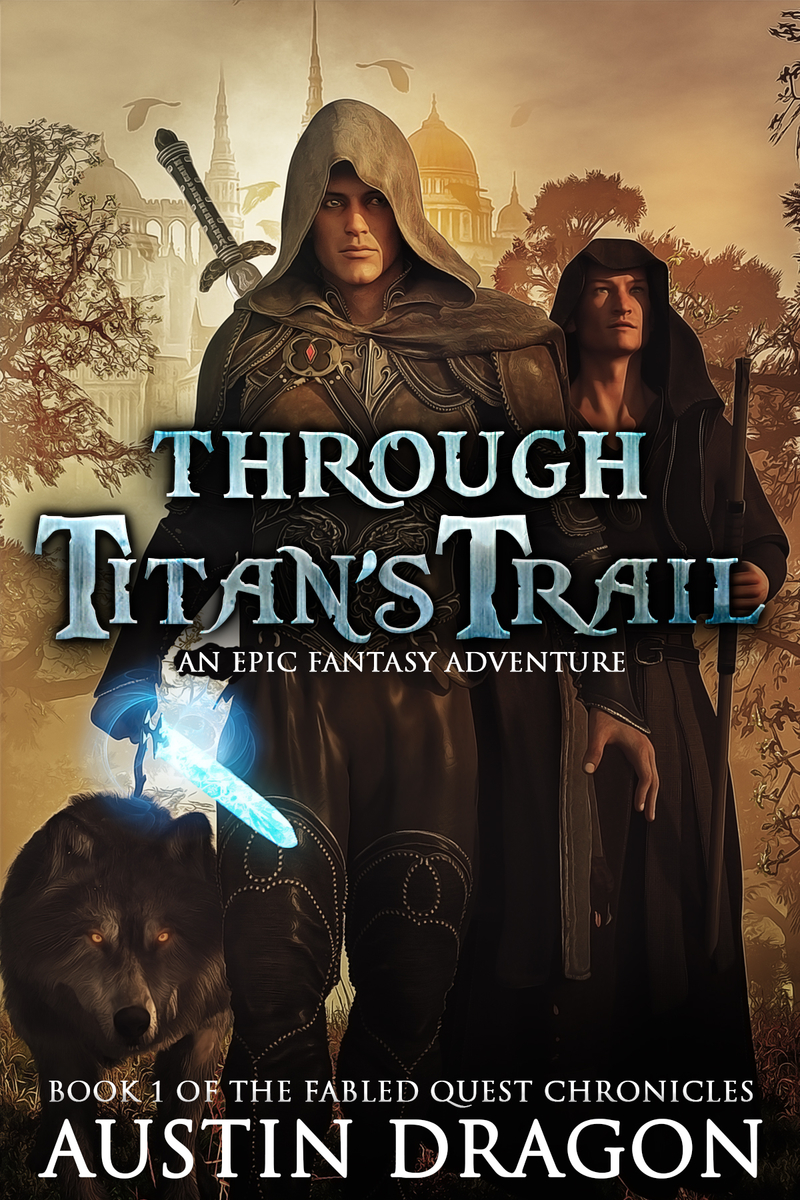
World-building can make or break a story, especially in fantasy. With Lord of the Rings and the like, the bar has been set high for any writer to create a well-developed and believable world. It may be a magical world, but there are still laws of nature and rules of the universe that govern it.
With the debut novel of the Fabled Quest Chronicles in Through Titan’s Trail, we start out in our world (the Lands of Man) and we join our characters as they travel into these magical lands. Of course, they have to cross the barrier into this realm called Titan’s Bridge.
Much of the first book is spent in the Lands of Man with the Kings’ Caravan—a triennial royal caravan that attracts nobles and commoners from all across the Seven Empires. The ultimate goal is adventure and limitless treasures. The likely outcome is death.
Hobbs becomes the everyman who is the first character we meet and relate to as we get a stark taste of the true danger of this upcoming quest through the series of villages and, later castle kingdoms. The Lands of Man is familiar to us, but we know that it is by no means the world they will be traveling to led by the mysterious Traveler and his dog—a dog that is not really a dog at all.
A key decision in the world-building of this series was how detailed did I want to get. Should I spend two pages describing a wooded area or the villages along Caravan Row or the city of Ironwood? With the settings of a Tolkien-like fantasy world in the collective consciousness of most readers, I settled on a more minimalist approach—paragraphs rather than pages and explain as we go or through the dialog.
Through the six main books and the prequel, we experience how vast, dangerous, and diverse this world beyond the empires of humans truly is. Fables and myths are fact in the magical lands. Trees can smile, yawn, and talk; others can crawl or eat you.
2. A Great Cast of Characters with Depth (New Cover Below)
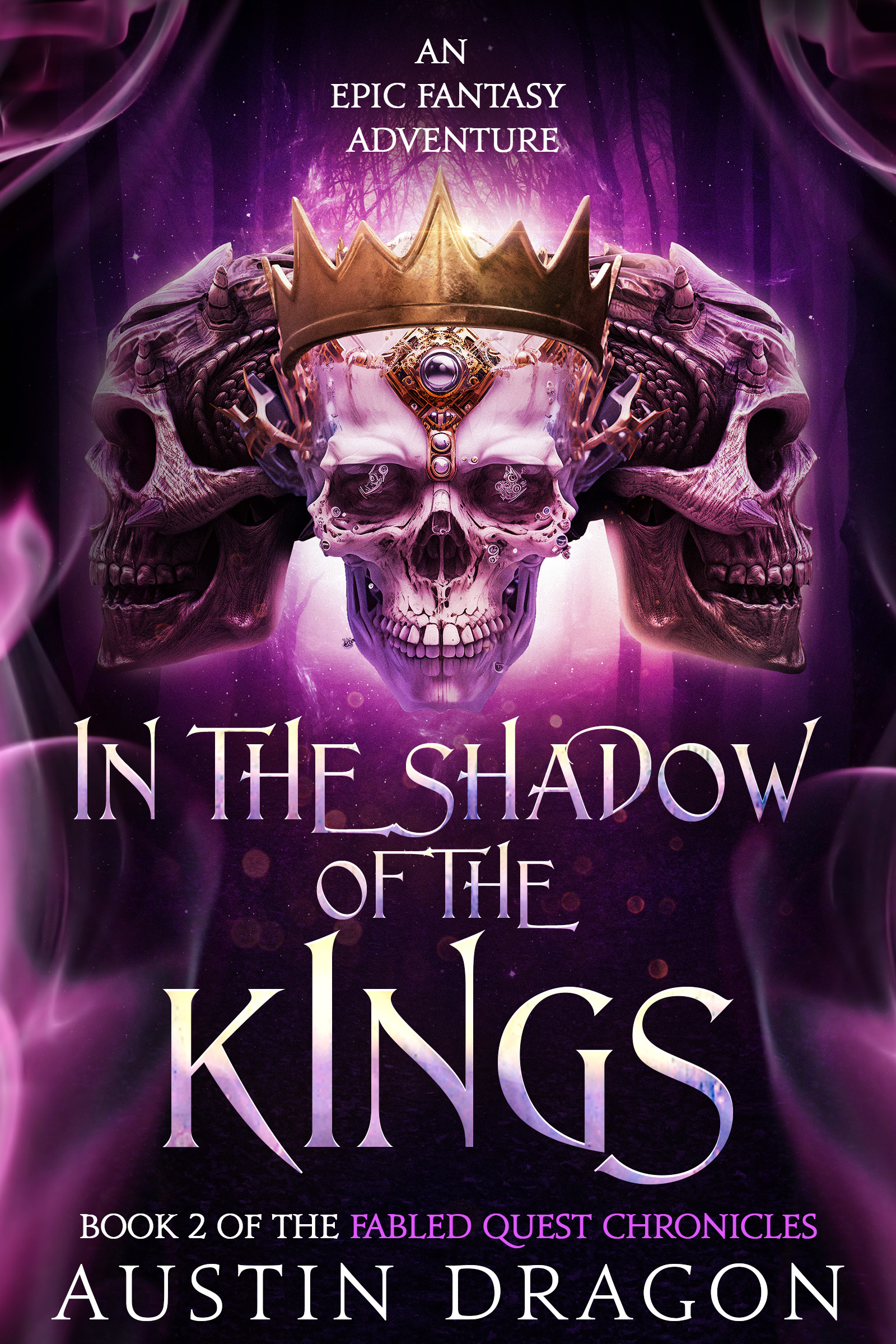
The most important aspect of any novel is the characters. That’s who we look forward to, invest our time in, care about, or love to hate. Without great characters, no reader is going to stay until the end of the book, let alone to the end of a series.
Traveler. The dog. Hobbs. King Aereth. Lady Aylen. Maiden Gwyness. Pangolin. Quillen.
Our main character, Traveler, is mysterious as a caravan master, which in itself is unusual. A human whose knowledge of Titan’s Trail surpasses even fae they meet along the way. But they learn that he is far more than a caravan master, and his animal companion is also much more.
None of these characters are one-dimensional and they grow to know and trust each other as they journey. As with any character, they have their strengths, weaknesses, and fears. We also learn that the motivations for some of them on the quest are not only about acquiring riches for themselves or their kingdoms.
In the Fabled Quest Chronicles, we meet our main characters in the first book but in each book, we’re adding, and sometimes losing characters.
In Book Two, In the Shadow of the Kings, we begin to meet the non-human members of Titan’s Caravan in their quest to the fabled kingdom of Atlantea. Like the humans in the story, there is the wonder of meeting fae races we know—brownies, gnomes, elves, giants—and those we don’t—Tree Shepherds, fae-bloods, the darklings, and a dwelf.
Greenwig. Grakdar. Eothor. Dr’as. Dr’amal. Strag. Ammon. Bragg. Lyre. Taylos. Shadu-mun.
However, we also see the tension between the races of fae can be far more divisive than humans. They may be a caravan of equals but comprised of many fae races that have been blood enemies for ages. Again, they are fortunate to have this special human as their guide, trail master, and internal diplomat to ensure old hatreds among them don’t turn from dirty looks and avoidance to anything more.
The series gives us time to really get to know our main characters and explore all these facets. However, with such a large cast, I don’t overwhelm the reader with turning every minor and auxiliary character into a major one. Our main characters remain the main focus of the series.
3. A Solid Main Conflict with an Arc (New Cover Below)
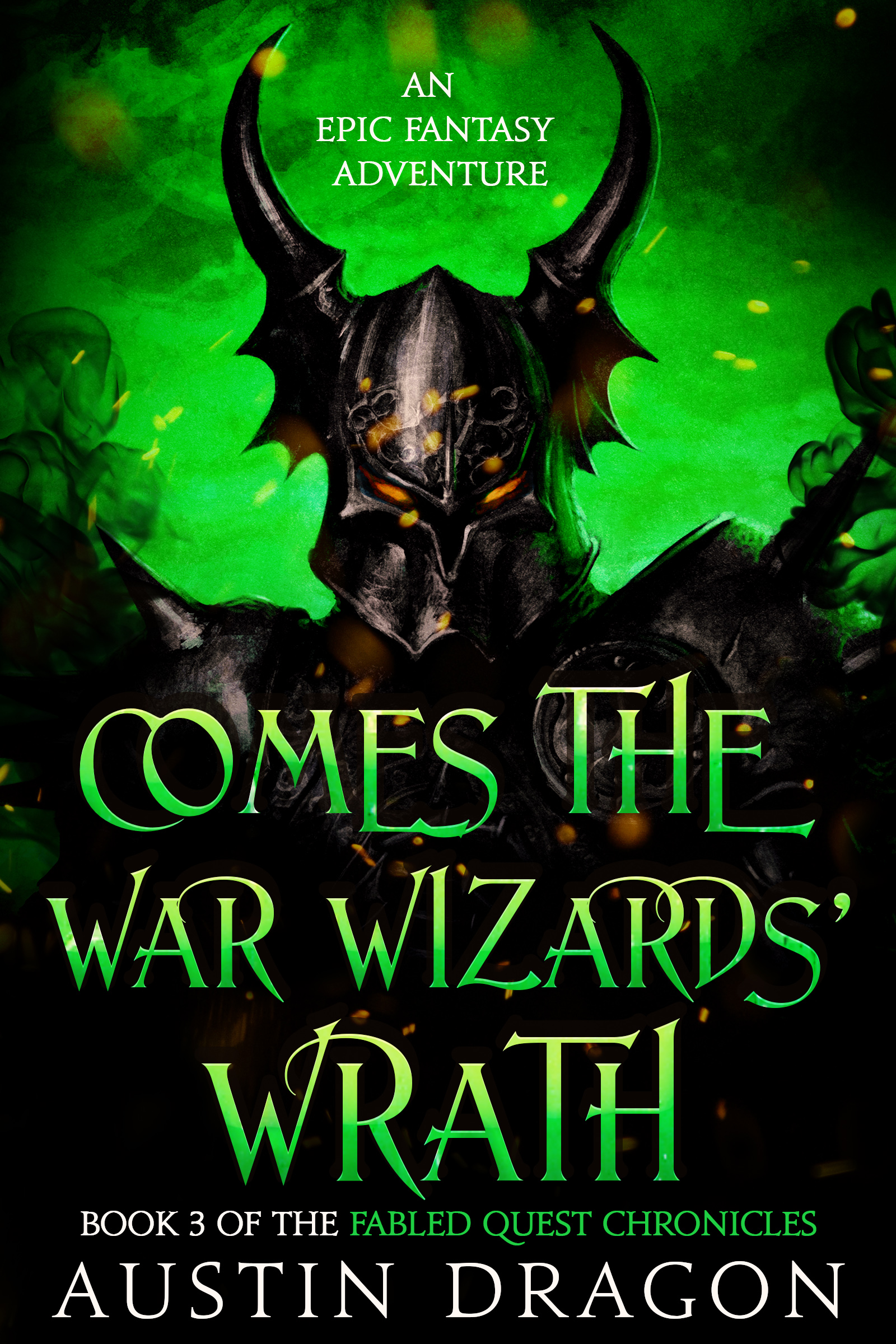
It’s not just the plot but the conflict—a believable one our characters face.
Quest fantasy fiction is by no means new. J. R. R. Tolkien’s epic high fantasy novel The Lord of the Rings was written in stages and published in 1954. Homer’s The Odyssey, one of ancient Greek epic poems about the main protagonist’s Odysseus’ 10-year struggle to return home after the Trojan War, while battling mythical creatures and facing the wrath of the gods, is from 8th century BC.
A group of people going from point A to B—that’s the plot. But what’s the conflict that unfolds over the course of the series? Is there an overarching evil overshadowing them? Is each book a new set of challenges to overcome? That’s why we’re reading, turning the pages (or swiping the screen on our e-reader) eager for the next. In the case of the Fabled Quest Chronicles, it’s both.
We also see the inner struggles within our main characters. Doubt over the destiny they are to fulfill. Fear that they will not be able to live up to responsibilities to themselves or the group. Both in awe of their quest along the Trail and terror of what they may face. Questions of whether they can succeed where so many others before them have failed. Much to consider over a year-long march from the Lands of Man to the ultimate destination of Atlantea across vast landmasses and sailing a great ocean.
The key to every good story is conflict. Fantasy fiction is no different, where the stakes are often higher for your characters, and the story usually stretches across multiple books in a series.
Moreover, none of these conflicts are contrived. In this world, large creatures or armies are dangers often easiest to deal as they can be seen and their roars heard for the men to rise up against and face with weapons in hand. But what of the dark spell cast in the wee hours of the night as they sleep, or something on the Trail not noticed. Nonaction can have as much of a disastrous consequence as action. The overarching conflict and the many others, external and internal, large and small are all explored in this saga and make for good drama and reading.
In Book 3, Comes the War Wizards’ Wrath, Titan’s Caravan thought their main villain was dead but learned otherwise. But as the reader, did we really believe he was dead? No, and the characters probably didn’t think so either—especially Traveler. As the title suggests, they have to battle war wizards–and more.
4. Monsters, Monsters, Monsters
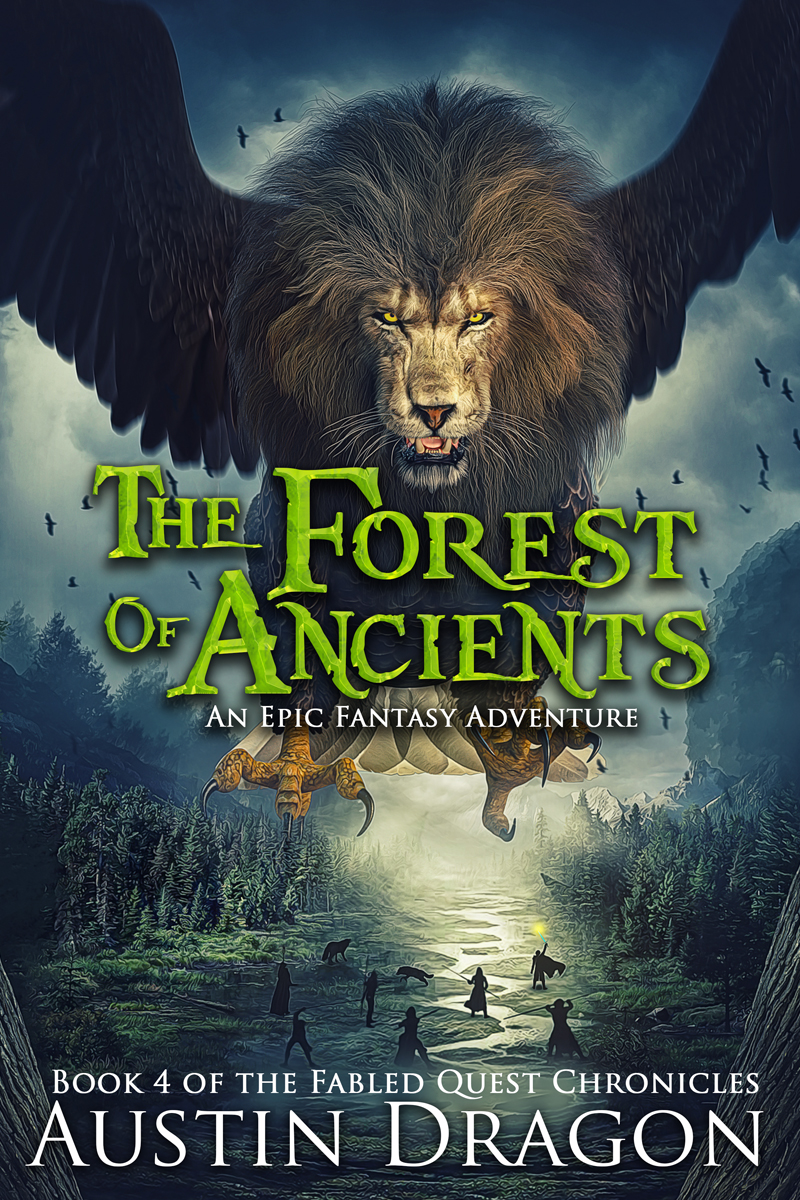
In Book 3, Titan’s Caravan finally has all the members of its team—both human and fae. So in one sense, their quest really begins with Book 4, The Forest of Ancients, the caravan has reached the Great Forest, also known as the Giant Forest for obvious reasons, and we learn that it’s the fae that are more scared of than the humans at first. A twenty-foot squirrel. A thirty-foot ant. A giant snake with a forty-foot mouth? Yes, even the eleven-foot giants of the caravan are scared of that. Then there are rumors of powerful elfin and fae caravans, with the greatest sorcerers among them, disappearing without a trace.
A fun aspect of the series was writing about mythological beasts that I’ve always wanted to see in books but never did. There are hundreds of them but fantasy books only give us the same half dozen or so all the time. Boring!
Tolkien created the race called orcs. I created a few fae races myself—Tree Shepherds, a form of leshies, the fae-bloods, and Mr. Bragg, the dwelf. But without my creations, Ancient Greece and Rome, and the Middle Ages have given us enough monsters to fill volumes.
Each of the Fabled Quest Chronicles novels has their own glossary titled Quillen’s List of Races, Beasts, and Monsters of Myth and Magic. That’s a lot of fae races, fantastic beasts, evil creatures, and a handful of demons. Likely, I’ll have to create a companion compilation of all the glossaries of the series when done.
But again, we touch on the magic of world-building. I’m not simply throwing in a new sprite or creature just to do. They are a part of this world just as birds and insects are an ever-present part of ours, all the living beings, albeit mythical, are part of the magical lands of Pan-Earth. Most of Titan’s Trail winds through uncivilized wooded plains, forests, and seas so why wouldn’t one encounter this “wildlife.”
Also, I hinted at it a few times through the series and in previous blog articles. This monster mythology is Euro-centric, which by no means I use as a pejorative. Asia, Africa, Australia, North America—all have their own mythology too. Ancient China is my personal favorite and my Sleepy Hollow Horrors, when it continues, will touch on some of the ancient Native American mythology. So more Fabled Quest Chronicles, perhaps?
5. A Great Cast of Auxiliary Characters too
We spoke of the monsters. Ogres, rocs, trolls, and manticores.
We spoke of the races. Elves, goblins, fairies, centaurs, fauns and satyrs.
Secondary characters can be as important as the main ones because they are the ones our main characters interact with. We learn more about our protagonists, the world, the conflicts, the goals.
In Book 5 to be released, Siren Storms of Madness, Titan’s Caravan for the first time leaves behind the landmass for the vast oceans and dark seas of the magical lands. It represents the last leg of their quest before reaching Atlantea. The marching is over, but it means Titan’s Caravan must become Titan’s Crew and sail their own ship—or sail as passengers aboard others.
If we thought the magical lands had many races, that was nothing compared to what lives in the oceans–merfolk, water nymphs, water elves, other water fae, sealife, and sea creatures.
Titan’s Crew has more enemies, more allies, and those whose true loyalties are never quite clear. These secondary characters have comparatively less page space than our main characters but their power over the fate of Titan’s Crew is no less significant. Traveler tells them directly: die on the seas, and no one will ever see you again.
Chief of all secondary characters is the villain. The most important of all secondary characters for our protagonist(s) is the villain. In the Fabled Quest Chronicles, we have a villain that embodies the chief conflict and, though human (in a way), is the chief monster of the series. As one reviewer aptly described: “Oughtred is plain psycho.”
Traveler assembled the most amazing caravan of humans and fae ever to travel to Atlantea. King Oughtred and his sons, together known as the Four Kings of the Kingdom of Xenhelm, with their dark allies plan to conquer it.
6. Magic
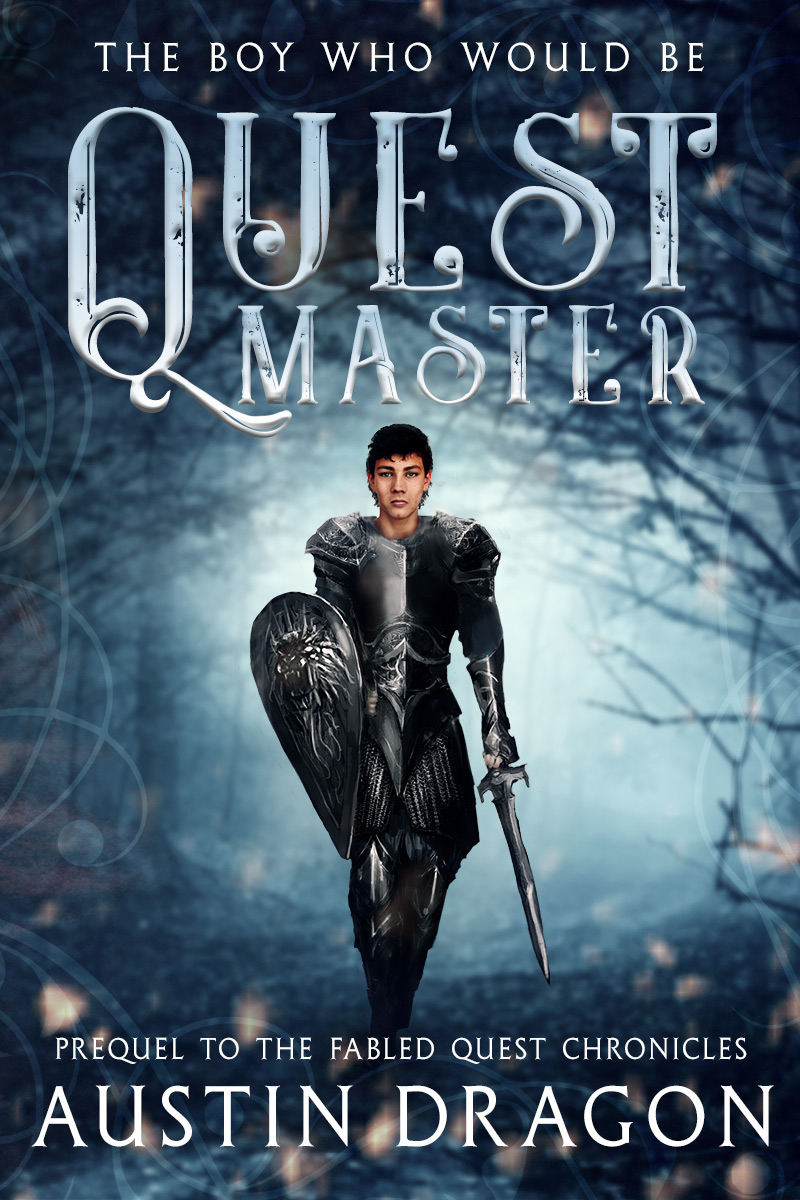
If it’s fantasy, it has to have magic.
Wizards, Spell-casters, magic-makers, sorcerers, sorceresses, witches, necromancers.
When you say magic, that’s what most think of—a wizardly old man in a long robe with a long staff and maybe wearing a pointed hat. However, in the series, I spend much more time with another aspect of magic–not of people but of the realm and lands itself. At the beginning of the series, when they cross for the first time from the Lands of Man into the magic lands there is a section where Traveler leaves them for a few days as a magical sleep overtakes them and their bodies get acclimated to the realm’s magic.
We also learn that for humans, time doesn’t move the same as it does in the Lands of Man, which could very terrible consequences for any that do return and don’t fully understand the “way of things.”
In Quest Master: The Boy Who Would Be, the Prequel to the series, we see a young Traveler seek to join a caravan to the magical lands. He is only nine years old and this is before the Kings’ Caravan is ever formed.
Magic can be wonderous, but it can also be horrific. Many of us would have quit any desire to travel to the magical lands, but Traveler never does. He doesn’t start out as a caravan master-in-training. He starts out as a human healing assistant. In the novel, we read about all his trials and tribulations along the Trail to Atlantea and even other worlds. Traveler becomes a human who can even best a star elf in a sword fight—as rare as a human caravan master who can even gain the respect and loyalty of fae.
In the final novel of the series is where we really see the work of sorcerers, or war wizards in full splendor, or evil.
7. Good Endings
One thing you’ll never get from me is a bad ending to any book, no matter the genre, or series. Don’t you hate that in books, TV series and movies? I do too. A bad ending can taint the entire work making one ask: why did you waste my time? That’s how important it is.
I am writing Book 6, Kingdom at Titan’s End—the end of the series. Book 5 ends on such a cliff-hanger that I didn’t think it fair to have you wait a year or more to learn what happens.
When I do write that last chapter and last page, I know I will be a little sad. One can’t write half a million words or spend well over 2,000 pages with a group of characters and not feel that way when that journey ends. You know you will miss them…until you decide to read the whole series again.
For all those of you who urged me to try my hand at the fantasy genre, thank you! What do you think?
How would you rate the Fabled Quest Chronicles? What do you like most? What do you think of my unique take on the epic fantasy genre?

Austin Dragon is the author of over 30 books in science fiction, fantasy, and classic horror. His works include the sci-fi detective LIQUID COOL series, the epic fantasy FABLED QUEST CHRONICLES, the international futuristic epic AFTER EDEN Series, the classic SLEEPY HOLLOW HORRORS, and new military sci-fi PLANET TAMERS series. He is a native New Yorker but has called Los Angeles, California home for more than twenty years. Words to describe him, in no particular order: U.S. Army, English teacher, one-time resident of Paris, ex-political junkie, movie buff, Fortune 500 corporate recruiter, renaissance man, futurist, and dreamer.
LATEST RELEASES: CRAZY MISADVENTURES IN LIQUID COOL and A MONSTROUS GAME!





114 Responses
Fascinating